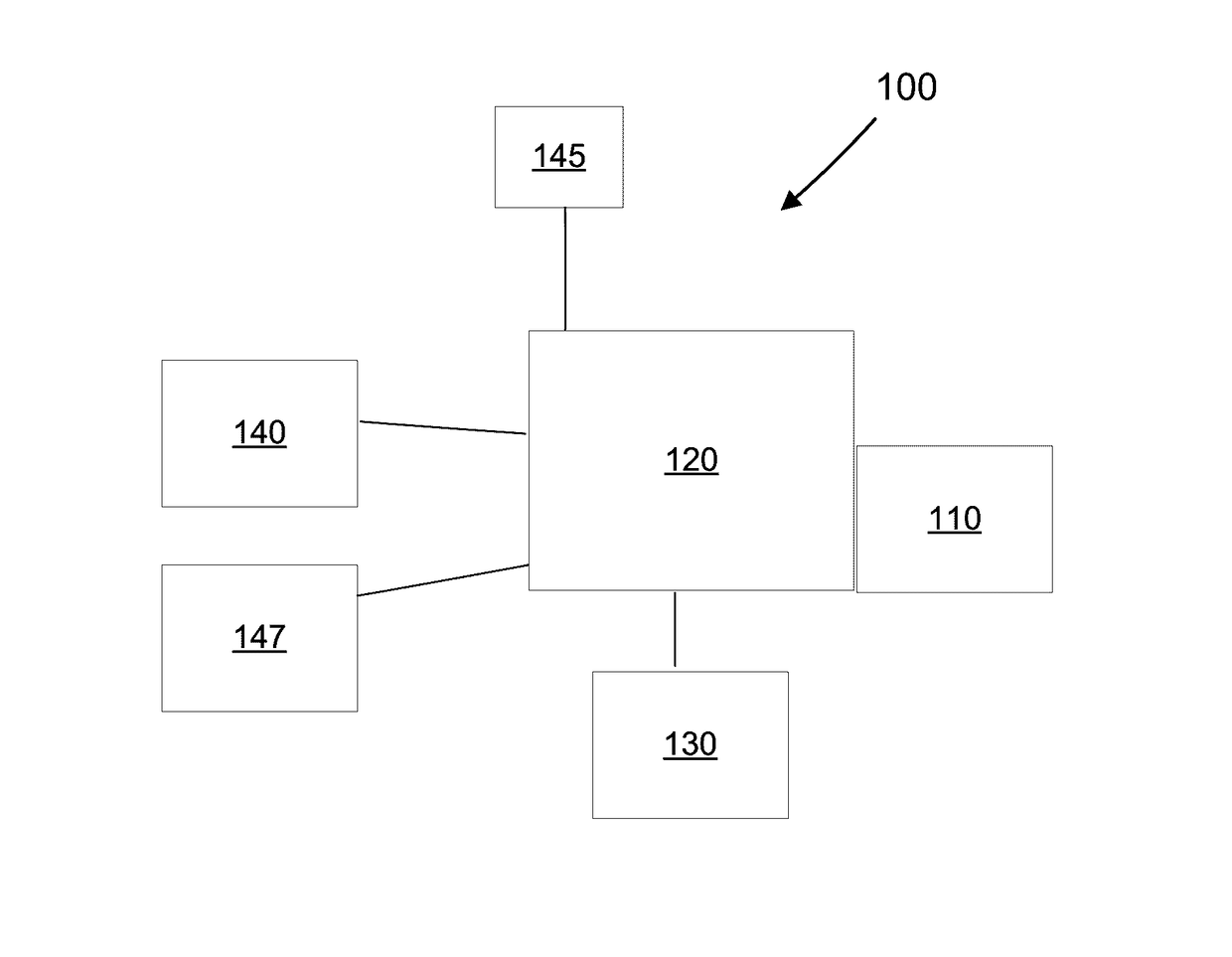Method and apparatus for drying semiconductor substrates using liquid carbon dioxide
a technology of liquid carbon dioxide and semiconductor substrates, which is applied in lighting and heating apparatus, cleaning using liquids, and inorganic non-surface active detergent compositions, etc. it can solve the problems of contaminating the process and reducing the processing efficiency of semiconductor substrates, so as to reduce the processing temperature and pressure, reduce the processing cost, and reduce the effect of processing tim
- Summary
- Abstract
- Description
- Claims
- Application Information
AI Technical Summary
Benefits of technology
Problems solved by technology
Method used
Image
Examples
Embodiment Construction
[0015]A drying method for a semiconductor substrate, in accordance with an embodiment of the invention is described herein. In this regard, a semiconductor substrate is treated with a chemical solution; the semiconductor substrate is rinsed with deionized water (DIW); the liquid covering a surface of the semiconductor substrate is changed from the deionized water to a water soluble organic solvent (i.e. Isopropyl alcohol—IPA) by for example displacing the water with the IPA, the semiconductor substrate wet with the water soluble organic solvent is transferred to a drying chamber; the water soluble organic solvent on the semiconductor substrate is rinsed with liquid carbon dioxide; and the liquid carbon dioxide and the alcohol is discharged from the drying chamber.
[0016]Alternatively, the step which includes use of a water soluble organic solvent can be eliminated and the semiconductor substrate is transferred wet with DIW to the drying chamber, and subsequently the DIW is rinsed (su...
PUM
 Login to View More
Login to View More Abstract
Description
Claims
Application Information
 Login to View More
Login to View More - R&D
- Intellectual Property
- Life Sciences
- Materials
- Tech Scout
- Unparalleled Data Quality
- Higher Quality Content
- 60% Fewer Hallucinations
Browse by: Latest US Patents, China's latest patents, Technical Efficacy Thesaurus, Application Domain, Technology Topic, Popular Technical Reports.
© 2025 PatSnap. All rights reserved.Legal|Privacy policy|Modern Slavery Act Transparency Statement|Sitemap|About US| Contact US: help@patsnap.com


